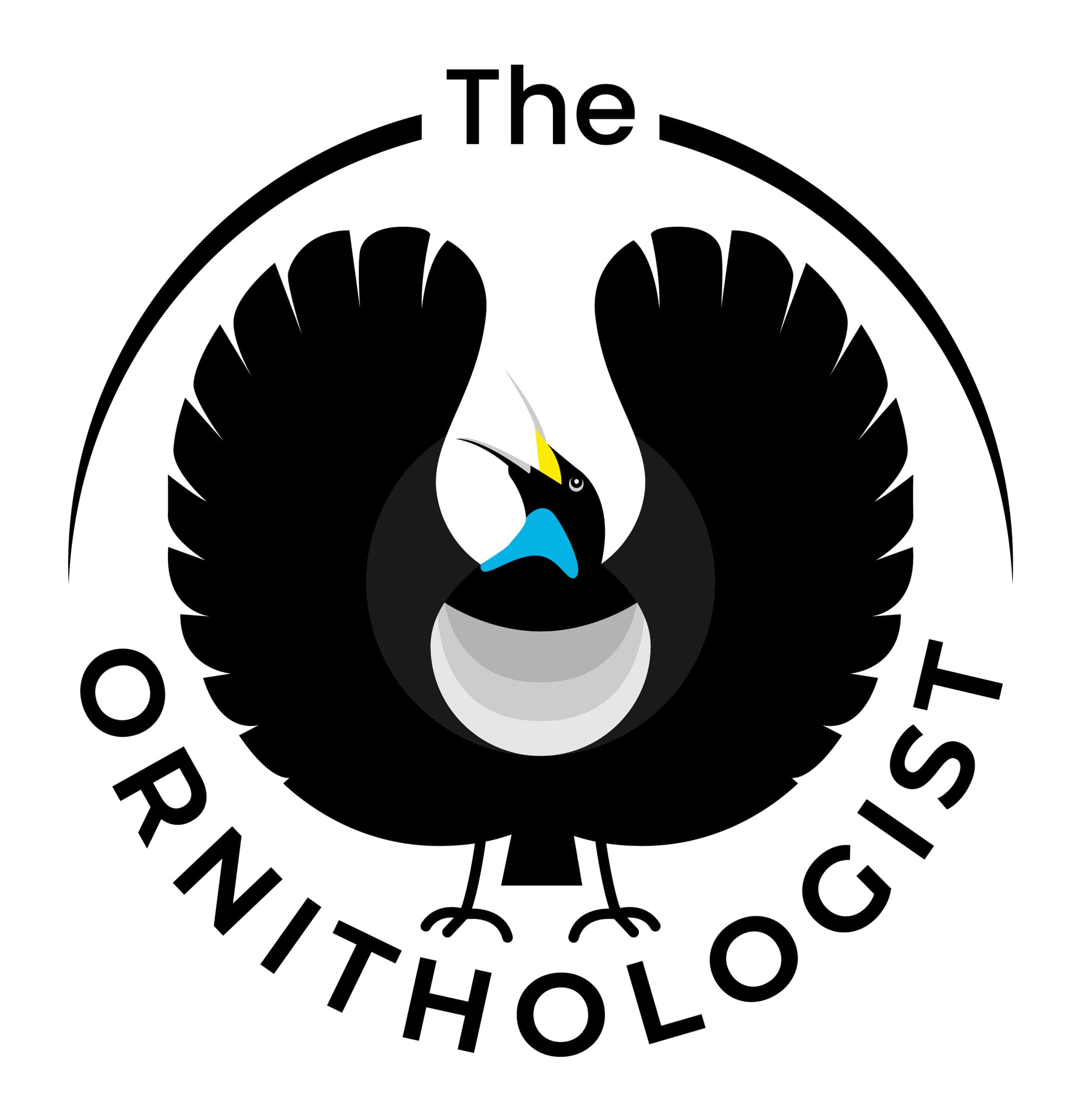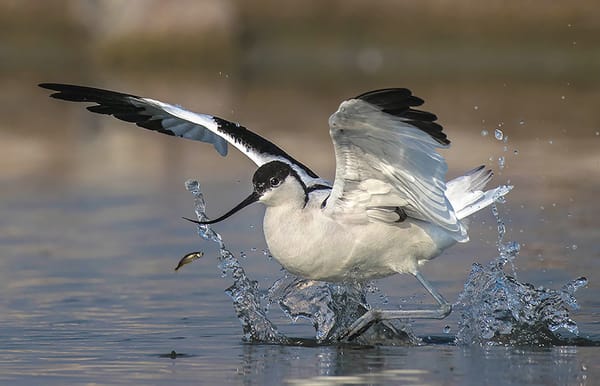
Stopover Ecology in Motion: GPS Insights into Pied Avocet Migration
Not all birds rush. Some linger. And new research shows why the Pied Avocet’s migratory pauses deserve as much attention as the destinations.
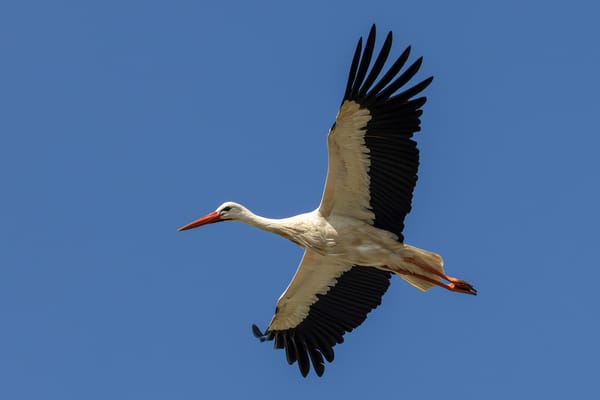
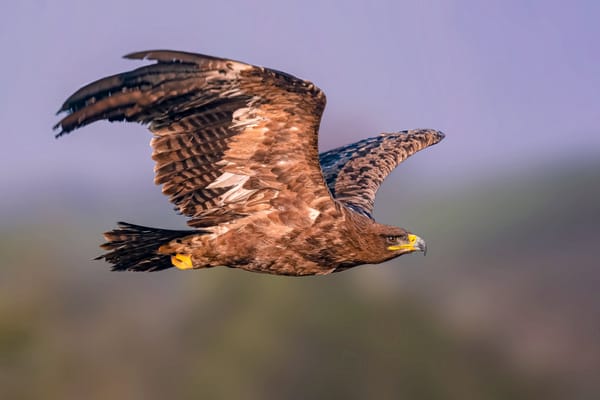
Instinct vs. Experience: Steppe Eagles Learn to Migrate Safely
A new study shows that young Steppe Eagles are drawn to human-altered landscapes during migration, while adults avoid them – revealing how instinct, experience, and learning shape survival strategies in an endangered raptor.
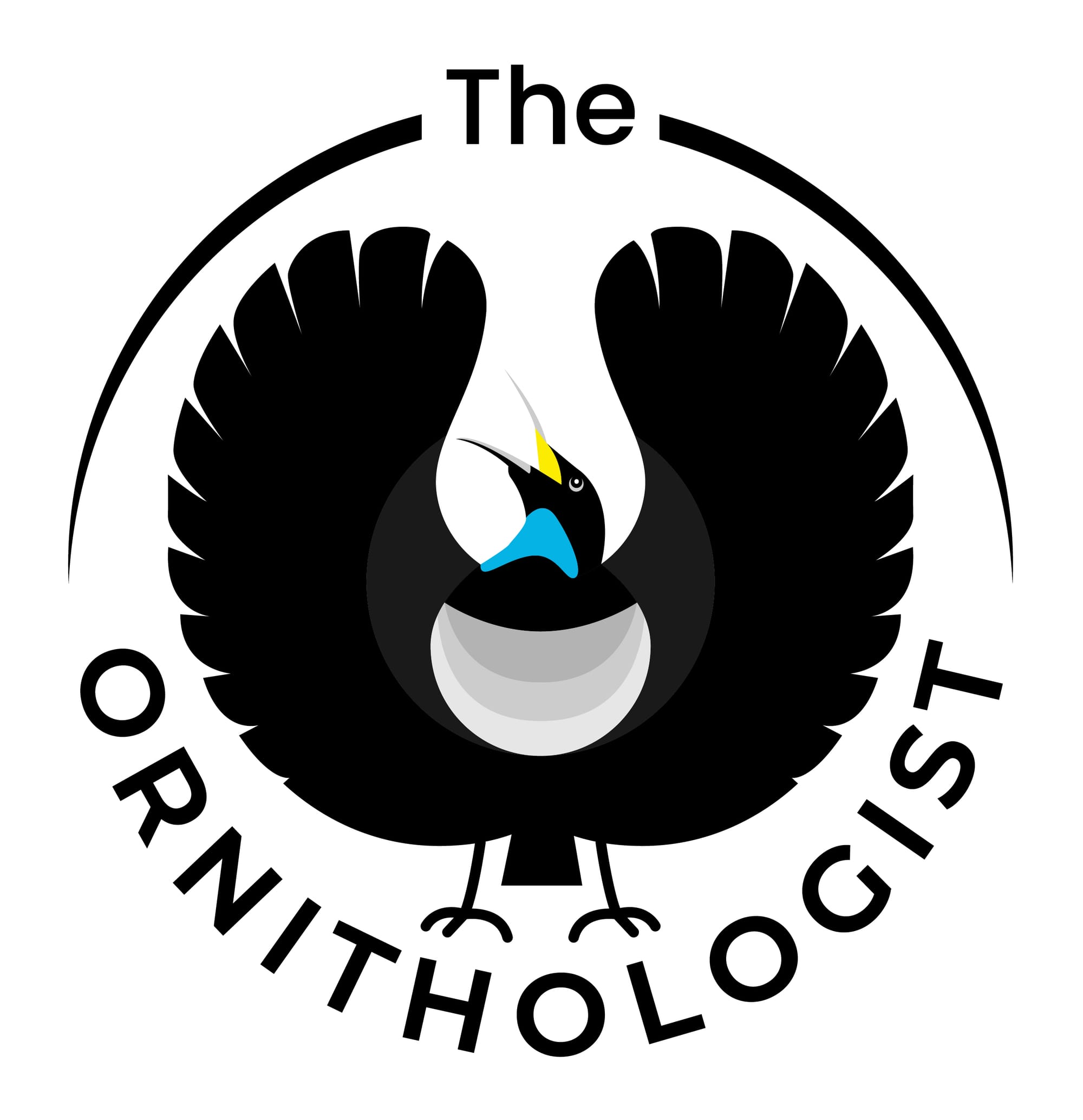
Gyorgy Szimuly
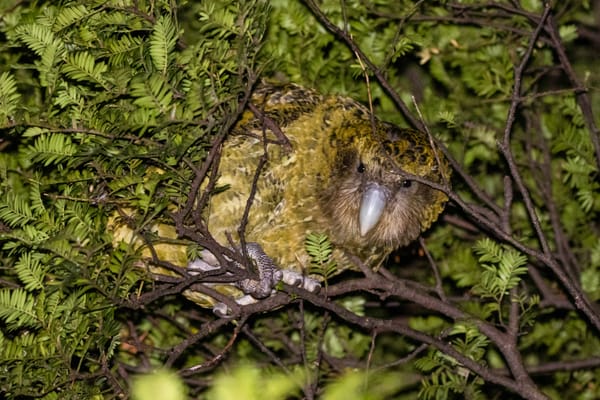
Farewell to Solstice: The Last Stewart Island Kākāpō Passes Away
Solstice, the final female kākāpō originally from Stewart Island, passed away in Dunedin after several months of treatment for cloacitis – a recurring disease that has claimed several individuals in recent years. Her death has resonated deeply among conservationists who have followed her story for nearly three decades. First discovered in 1997, Solstice was found against all odds – years after her species had been declared locally extinct on Stewart Island. At that time, the last known kākāpō h

Gyorgy Szimuly
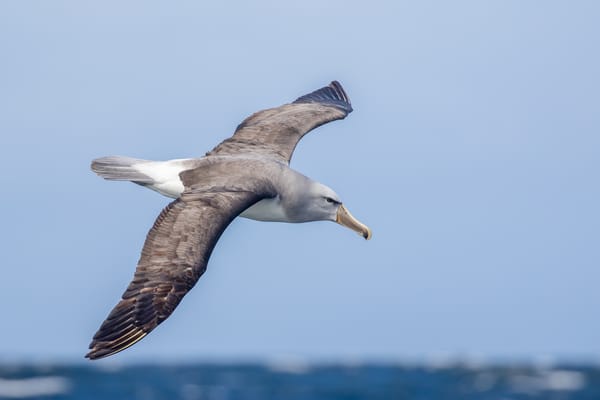
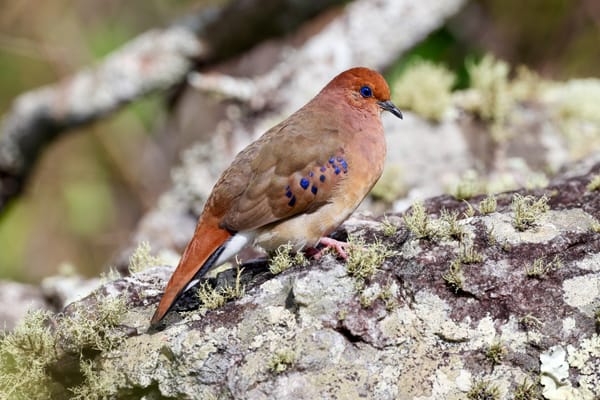
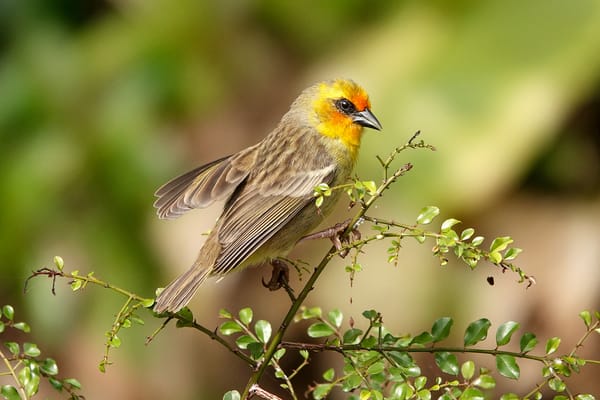
In Defence of Bird Conservation in a Broken World
When the world feels fractured beyond repair, speaking about bird conservation can sound almost indulgent. Yet in the quiet persistence of those who still care, a truth endures: to protect the living fabric of the Earth is not a luxury. It is an act of survival — and of humanity.

Gyorgy Szimuly
